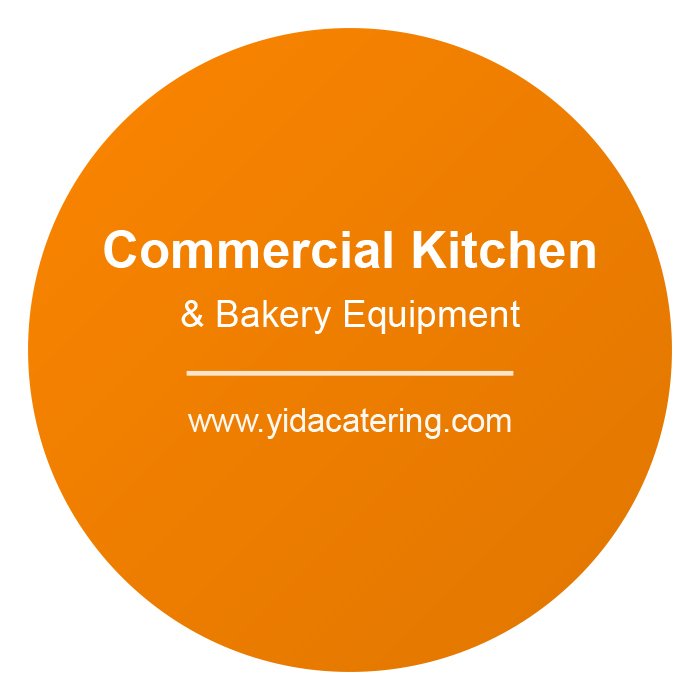When it comes to preparing delicious, evenly cooked chicken in a commercial setting, a gas chicken rotisserie is an invaluable tool. Whether you run a restaurant, catering business, or deli, investing in the right rotisserie can significantly enhance your cooking efficiency and product quality. This guide will walk you through everything you need to know about gas chicken rotisseries, from their benefits to key features, types, and buying tips.
What Is a Gas Chicken Rotisserie?
A gas chicken rotisserie is a specialized cooking appliance designed to roast chicken and other meats evenly by rotating them on spits or racks over a gas-powered heat source. The rotation ensures consistent cooking, resulting in juicy, flavorful meat with a crispy outer layer. These appliances are widely used in commercial kitchens due to their efficiency and ability to handle large volumes of food.
Benefits of Using a Gas Chicken Rotisserie
Gas chicken rotisseries offer numerous advantages for commercial use:
- Efficient Cooking: Gas heat provides consistent and powerful cooking, reducing preparation time.
- Enhanced Flavor: The rotation process allows juices to circulate within the meat, enhancing flavor and tenderness.
- Versatility: Many models can cook various types of meats and even vegetables, making them a versatile addition to any kitchen.
- Visual Appeal: Rotisseries often have glass doors, allowing customers to see the cooking process, which can entice purchases in retail settings.
Key Features to Look For in a Gas Chicken Rotisserie
When selecting a gas chicken rotisserie for your business, it is crucial to consider several key features that will impact its performance and suitability for your needs.
Size and Capacity
The size and capacity of the rotisserie should align with your business volume. Larger models can cook dozens of chickens simultaneously, making them ideal for high-demand settings. However, smaller models may be more appropriate for businesses with limited space or lower production needs.
Material and Durability
Invest in a rotisserie made from high-quality materials such as stainless steel. Not only is stainless steel durable and resistant to corrosion, but it is also easy to clean and maintain—an essential factor in commercial kitchens.
Heat Control and Cooking Efficiency
Precise heat control is vital for achieving consistent results. Look for models that allow you to adjust the temperature easily and distribute heat evenly across all cooking surfaces. Efficient heat usage can also help reduce energy costs.
Additional Features to Consider
Modern gas rotisseries often come with additional features such as programmable timers, self-cleaning options, and LED lighting. While these features may increase the initial cost, they can save time and effort in the long run.
Types of Gas Chicken Rotisseries
Gas chicken rotisseries come in various designs, each suited to different cooking styles and operational requirements.
Horizontal vs. Vertical Models
- Horizontal Models: These are the most common type and feature spits that rotate horizontally. They are ideal for cooking whole chickens and large cuts of meat.
- Vertical Models: These models have spits or baskets that rotate vertically. They are often more compact and can be a good choice for businesses with limited space.
Continuous vs. Batch Rotisseries
- Continuous Rotisseries: Designed for high-volume operations, these models allow for continuous loading and unloading of chickens without interrupting the cooking process.
- Batch Rotisseries: These cook a set batch of chickens at a time. They are simpler to operate and may be more suitable for smaller businesses.
Practical Tips for Buying a Rotisserie Oven
Selecting the right gas chicken rotisserie requires careful consideration of several factors.
Assess Your Cooking Needs
Evaluate your menu offerings and production requirements. How many chickens do you need to cook per day? Do you require versatility for cooking other types of food?
Evaluate Your Available Space
Measure your kitchen space to ensure the rotisserie will fit comfortably without obstructing workflow. Keep in mind that proper ventilation is essential for gas appliances.
Set a Realistic Budget
Determine your budget early on and consider both the upfront cost and long-term operating expenses. While it may be tempting to opt for the cheapest option, investing in a high-quality model can save money over time through durability and energy efficiency.
Research Brands and Read Reviews
Take the time to research reputable brands and read customer reviews. Look for feedback on performance, reliability, and customer service to make an informed decision.
Where to Buy and Final Considerations for a Gas Chicken Rotisserie
Once you know what you’re looking for, it’s time to decide where to purchase your rotisserie.
Online vs. In-Store Shopping
Online retailers often offer a wider selection and competitive pricing, while in-store shopping allows you to see the appliance in person before purchasing. Consider your preferences and weigh the pros and cons of each option.
Warranty and Customer Support
Ensure that the rotisserie comes with a solid warranty and reliable customer support. These factors can provide peace of mind and protect your investment in case of defects or issues.
Final Checklist Before Buying
Before finalizing your purchase, review the following:
- Does the size and capacity meet your business needs?
- Is the material durable and easy to maintain?
- Does it offer precise heat control?
- Are there any additional features that add value?
- Have you read reviews and compared brands?
By carefully considering these factors, you can confidently select a gas chicken rotisserie that will serve your business well for years to come.
In conclusion, a gas chicken rotisserie is an excellent investment for any commercial kitchen looking to improve efficiency and deliver high-quality roasted meats. By understanding the different types, features, and considerations involved in purchasing one, you can make an informed decision that aligns with your culinary goals and operational needs.

